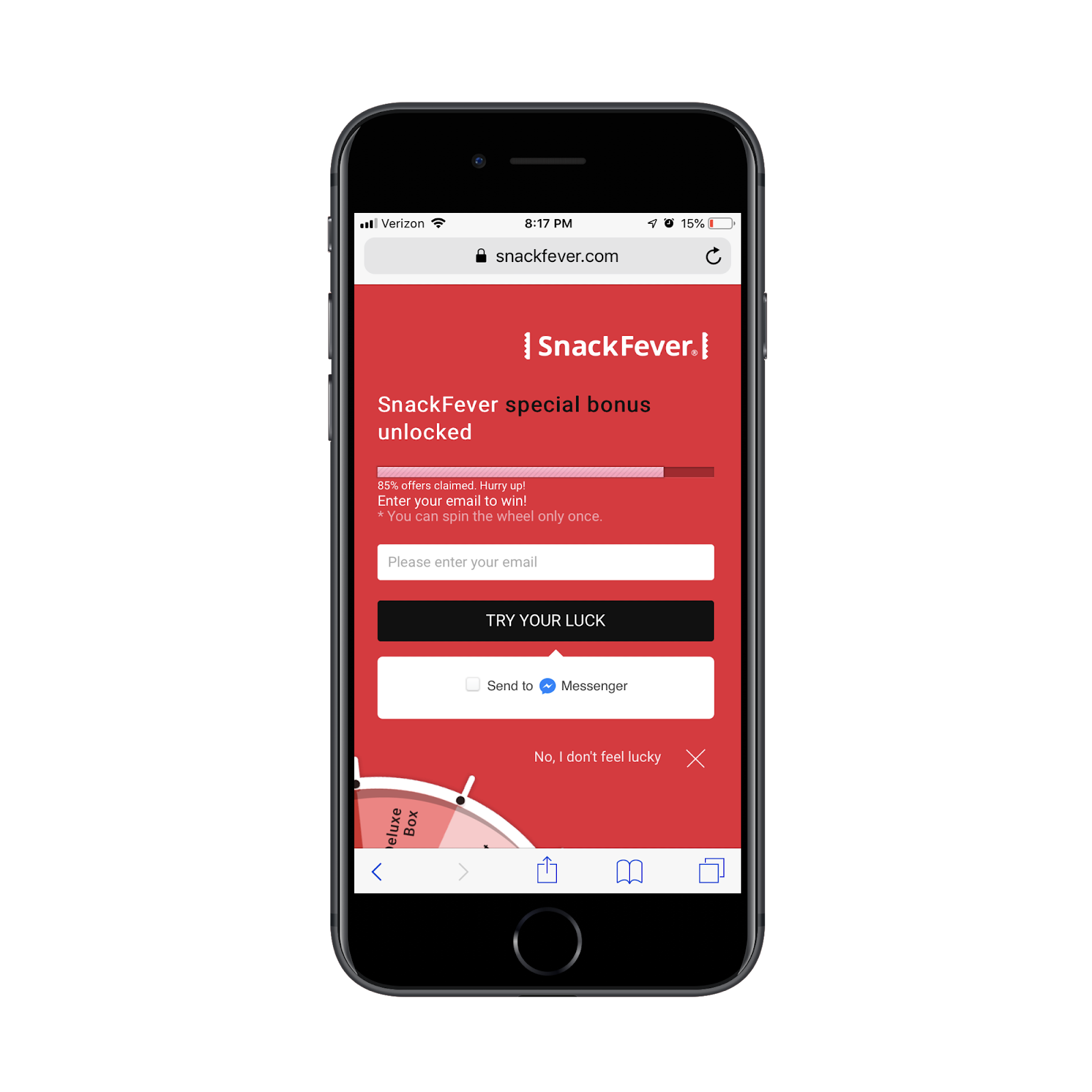Are your landing page forms not generating as many leads as you had hoped? There could be several reasons why your lead generation forms are falling flat – and we are here to help you fix that. We have found eight examples of stellar lead generation forms that exhibit best practices and are sure to help boost your conversions and open up new opportunities using the inbound marketing methodology.
Important Landing Page Elements
It is important to discern whether it is the form on your landing page that is not performing well or other elements of the landing page that are causing low lead conversion. If you are concerned about a landing page not delivering enough leads, first ensure the landing page has the following:
- A strong, eye-catching headline
- Supporting body copy with a unique selling position, the benefits of your offer, and social proof
- Images or video
- Limited to no navigation or links
- A clear call to action
If all of these elements of your landing page are aligned with best practices, then it is time to take a look at your lead generation form.
RELATED: Implementing Lead Generation Strategies That Work
Lead Generation Form Best Practices
Stay above the fold
Keep your form near the top of your landing page. You don’t want users to have to scroll down to find it. Studies have shown that 80 percent of time spent on a site is spent above the fold. As visitors scroll further down the page, their attention span shortens, and they lose interest resulting in lower time on site and higher bounce rates. If your potential customers can not easily get to your form, they will leave the page before submitting their information.


Remove unnecessary form fields
An analysis done by Hubspot found that conversion rates increased by almost 50 percent when the number of form fields were reduced. When determining what form fields to include in your lead generation form, think about what information is most pertinent to your campaign. Diving a little deeper, Hubspot found that the type of form fields also affects conversion rates. The presence of multiple text areas and drop-down fields on a landing page tends to be associated with lower conversion rates. The faster and easier it is for a user to fill out your form, the more likely it is they will convert.


Use a multi-step form
Multi-step forms are known for increasing conversion rates on landing pages. Multi-step forms allow you to break up necessary form fields into different pages, so users are not immediately overwhelmed when filling it out. Multi-step forms allow you to ask more questions without your users becoming bored – letting you collect more detailed, qualified leads.
As you can see in the example below, users are taken through four steps to sign up for this meal delivery service: Welcome, Select Plan, Build Your First Box, and Checkout. The business is able to collect all the information needed to convert a qualified lead without it seeming daunting to the user.

Optimize for mobile
When crafting your lead generation form on your landing page, it is crucial that it is equally effective for mobile users as it is for desktop users. A study by Forrester revealed that 71% of business websites still aren’t mobile-friendly. Ensure the responsiveness of your website is working correctly, and your landing page forms are rendering correctly on all mobile devices. If a user has to minimize or navigate around the page on their mobile device to view or fill out your form, they are less likely to convert.


RELATED: Making Your Website Mobile-Friendly
Convert More Leads
If you’re stuck with low conversion rates, reach out to Ironmark today to see how our full-service digital marketing agency can help improve your landing pages and conversion paths to start seeing more lead!





